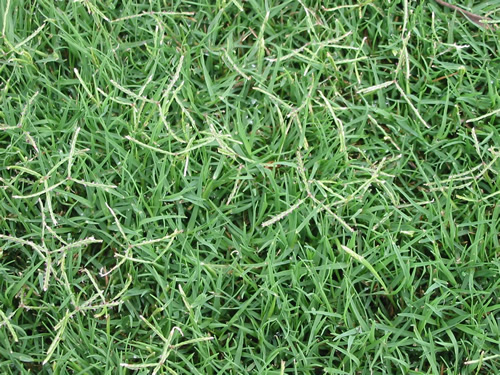How to Grow Bermuda Grass from Seed

Bermuda grass is one of the most common types of grass, and is mostly used to carpet golf courses as it forms a very thick grass-bed on the ground. Furthermore, you don’t have to mow very deep as it grows quite close to the ground surface. Although some people doesn’t consider it good for lawns as it requires a lot of care, it can make your lawn look exceptionally lush and beautiful. In addition, it also makes any ground it grows on a great place for playing sports.
Things Required:
– Bermuda grass seeds
– Soil conditioner
– Herbicide (optional)
– Soil pH testing kit
– Flatbed shovel
– Compost sod-cutter (optional)
– Rototiller
– Fertilizer
– Rake
– Handheld broadcast seeder (optional)
– Hose with a misting attachment
Instructions
-
1
First of all, you have to determine whether Bermuda grass is a good option for your lawn or not. You must note that Bermuda grass grows in very warm conditions; therefore, it is very difficult to grow it in northern and central states. You must plant it during the spring season or early summer, during which the temperature is normally above 65 degrees Fahrenheit.
-
2
Then, you have to look for seeds which are coated and hulled. You can speed up the process of germination after removing the natural protective layer from the seeds. Coated seeds work best as the coating on the seeds is a mix of dye and fungicide, which helps the grass to grow quicker. On the other hand, the unhulled seeds are raw and usually take several months to sprout.
-
3
After that, dig up the ground and remove all the existing roots. You can use a flat-bladed shovel or an herbicide. Take a sample of the soil from the lawn and take it for pH test. If your soil shows a pH level between 6.5 to 7.0, you can grow the Bermuda grass without any kind of additives. In contrast, if your soil has a different pH level, you will have to use some additives accordingly. It is very important for you to remove any depressions or small hills in the lawn by using a rototiller.
-
4
Spread the fertilizer on the soil and blend it well. Then, sow the seeds with your hands or with the help of a handheld seeder. Cover the seeds lightly with soil and spray on some water, using the misting attachment of your hose.
-
5
Keep watering your lawn regularly; the seeds will soon sprout and the grass will begin to grow.





